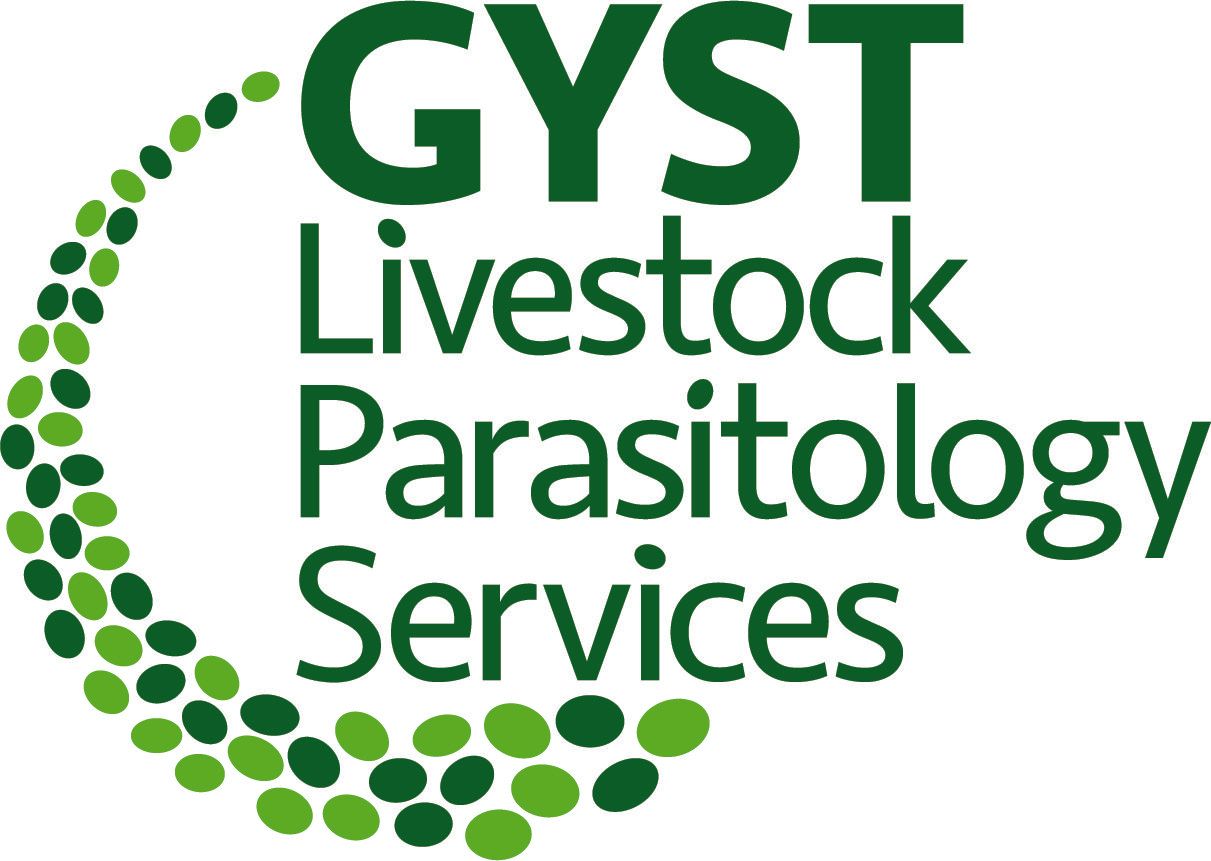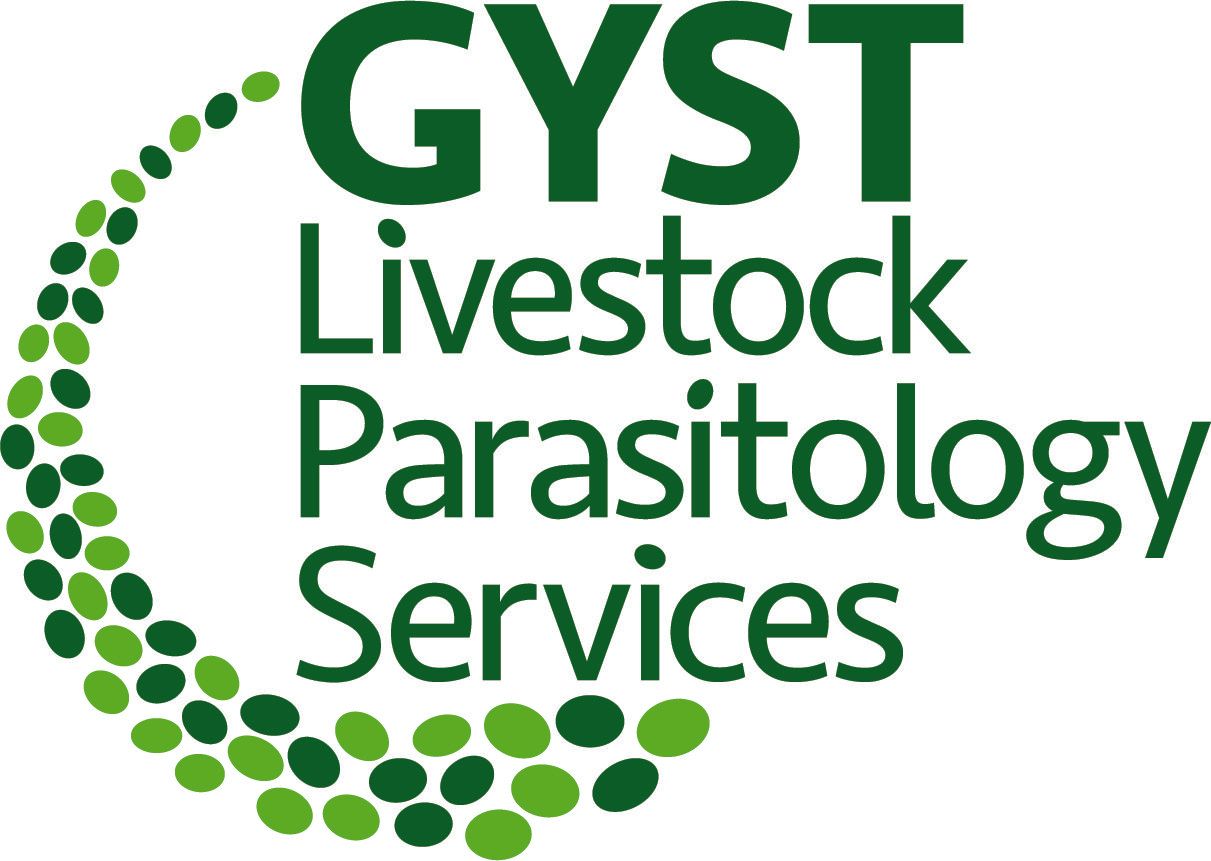Bulk or individual tests: What's best for you?
Collection and testing can be done as a bulk sample or as 10 individuals. But what's the best method for your mob or management?
A bulk test involves collecting 30 to 40 different samples which are then homogenised in the lab. A large subsample is taken and 4 separate counts are made to provide an average worm egg count. This will give you a more accurate representation of the mob’s worm egg count, predominantly because a greater percentage of the mob are tested. This can be particularly important where there are large numbers of animals in the mob.
10 individual samples will provide you with the range and variation between the animals. This can be important particularly for a post-drench check or if some animals in the mob are unwell.
Ultimately, which method you choose depends on what information you are chasing, and personal preference. Both methods will provide you with good information on how your animals are performing and whether you need to follow up with treatment.
NOTE:
Collection of fresh faeces is essential. Old samples are likely to give inaccurate results as eggs will have hatched out and can no longer be found in the sample.
If you need a culture and/or fluke test provide as much sample as possible, Ie. fill individual vials, or two thirds to three quarters fill a bulk jar (250ml) so that all tests can be conducted accurately.
Our process:
Move the mob quietly to a corner of the paddock and allow them to stand for 10 to 15 minutes. Allow them to move slowly away, enabling you to collect 4 to 5 pellets (about a teaspoonful or more for cattle) for each animal. Alternatively, you can collect faeces straight from the rectum if you have the animals in a race. If you need to know the identification of each animal, be sure to write the number on the vial and on the submission form. Once your samples are collected make sure the submission form is filled out with all details, particularly what tests you need. Incomplete information can result in delays and/or incorrect testing.
Bulk Samples
Collect 30 to 40 fresh dung piles/pats (or more if you have the time). The aim is to gather equal amounts of up to 40 samples, as this can be homogenised and will provide the most accurate egg count result for the mob.
For a 250ml jar, aim to fill 2/3 to 3/4.
Individual Tests
Collect 4 or more pellets (about a teaspoonful or more for cattle) for each vial, ensuring you select from fresh dung piles/pats. If you need to know the identification of each animal, be sure to write the number on the vial and on the submission form.
For a drench check, always test with 10 individuals.
Drop off
You can drop off samples at:
CSIRO 9308 New England Highway, Uralla NSW. There's a drop-box just before the main CSIRO security gate.
Alternatively, you can drop off at Nutrien or Grazag in Armidale. We collect daily at around 9am
Send via mail or courier
You can send your sample via mail
(Locked Bag 6000, Armidale NSW 2350)
or use one of our local couriers if you live in the New England region. We use Johnson & Kennedy, Nifty's and Dino's Express (Chiswick, 9308 New England Hwy, Uralla 2358)
Address
Contact us
Opening hours
- Mon - Fri
- -
- Sat - Sun
- Closed

